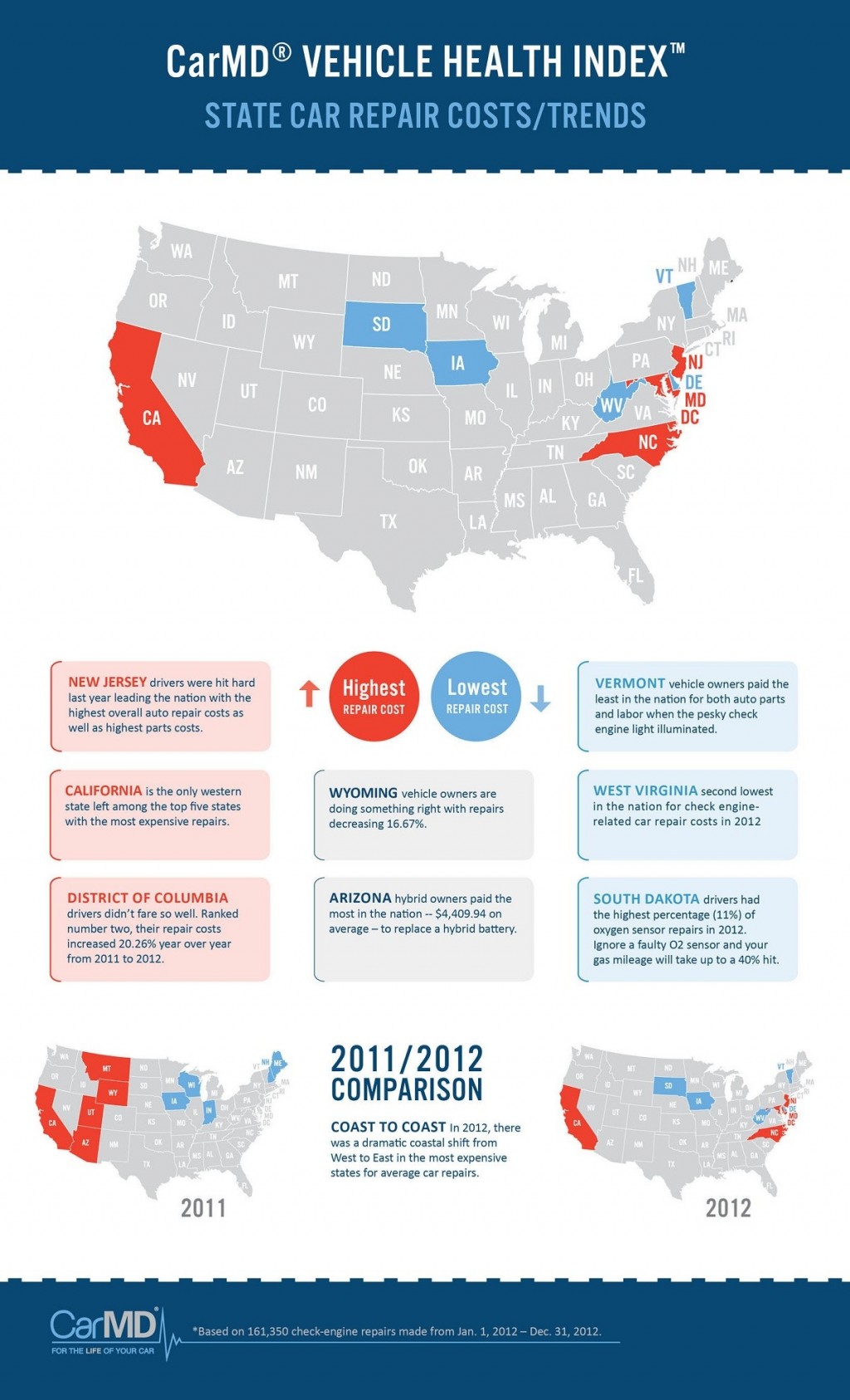When you're behind the wheel, those glowing warning lights on your dashboard can be a little bit puzzling. Do you recognize what they're trying to tell you regarding your automobile's health? Recognizing the value of these lights is crucial for your safety and security and the durability of your lorry. So, the following time among those lights appears, would not you want to decode its message precisely and take the required steps to address it?
Common Caution Lighting and Interpretations
Recognize typical warning lights in your automobile and understand their definitions to make sure risk-free driving.
One of the most normal caution lights consist of the check engine light, which signals issues with the engine or emissions system. If this light begins, it's essential to have your lorry examined promptly.
The oil pressure advising light shows reduced oil stress, needing instant focus to avoid engine damages.
A flashing battery light could recommend a faulty charging system, potentially leaving you stranded otherwise addressed.
The tire pressure surveillance system (TPMS) light alerts you to reduced tire stress, influencing automobile stability and fuel performance. Ignoring this can bring about dangerous driving conditions.
cardetailers suggests a trouble with the anti-lock braking system, jeopardizing your capability to quit rapidly in emergency situations.
Lastly, the coolant temperature level cautioning light warns of engine overheating, which can result in severe damages otherwise dealt with swiftly.
Comprehending these typical caution lights will aid you address concerns promptly and preserve risk-free driving problems.
Value of Prompt Focus
Recognizing the typical caution lights in your vehicle is only the first step; the significance of immediately addressing these warnings can't be emphasized enough to ensure your safety and security on the road.
When a caution light illuminates on your dashboard, it's your car's means of communicating a potential issue that needs focus. Ignoring these warnings can cause extra extreme troubles in the future, compromising your safety and security and potentially costing you much more out of commission.
https://www.insurancejournal.com/news/southeast/2022/06/10/671389.htm to alerting lights can stop break downs and accidents. For example, a blinking check engine light might show a misfire that, if left neglected, can cause damage to the catalytic converter. Addressing clicking here can conserve you from an expensive repair.
Similarly, a brake system alerting light might signify reduced brake liquid or used brake pads, critical parts for your security when driving.
DIY Troubleshooting Tips
If you discover a warning light on your control panel, there are a couple of DIY fixing pointers you can try before seeking professional aid.
The primary step is to consult your vehicle's handbook to recognize what the particular warning light suggests. Occasionally the concern can be as basic as a loose gas cap activating the check engine light. Tightening up the gas cap may fix the issue.
An additional common issue is a reduced battery, which can trigger different cautioning lights. Inspecting the battery links for deterioration and guaranteeing they're protected could take care of the issue.
If a caution light lingers, you can attempt resetting it by separating the cars and truck's battery for a few mins and then reconnecting it. Furthermore, checking your lorry's liquid levels, such as oil, coolant, and brake liquid, can assist repair alerting lights related to these systems.
Verdict
In conclusion, recognizing your car's caution lights is essential for keeping your vehicle running efficiently and safely. By without delay resolving these alerts and understanding what they suggest, you can stay clear of pricey repair services and prospective break downs.
Remember to consult your cars and truck's handbook for certain information on each cautioning light and act appropriately to guarantee a trouble-free driving experience.
Remain notified, remain safe when driving!
